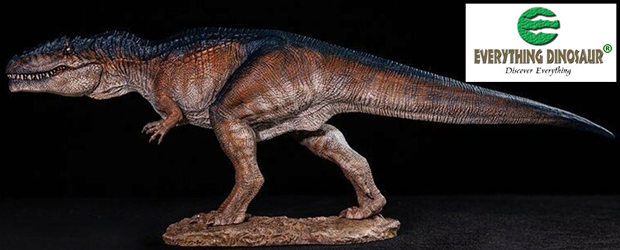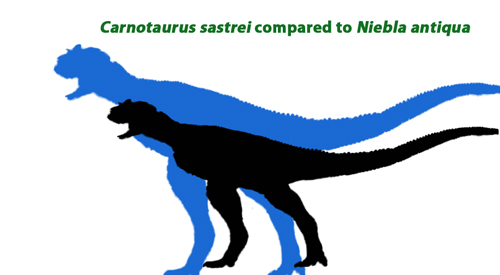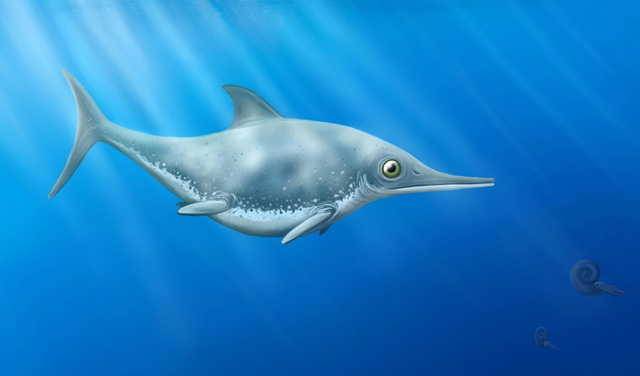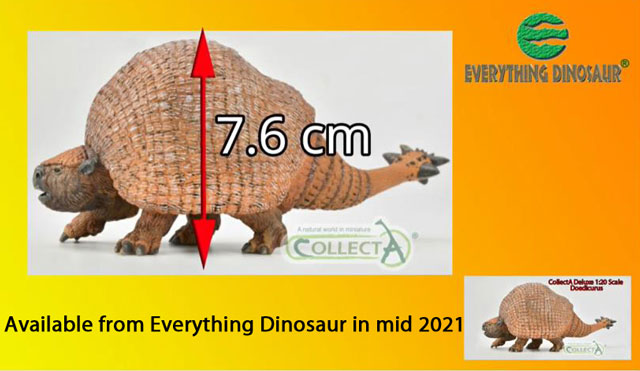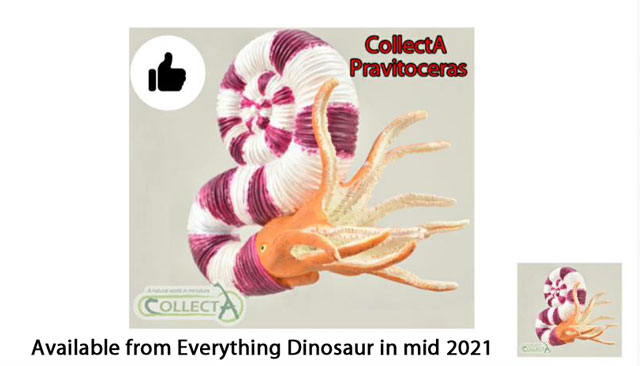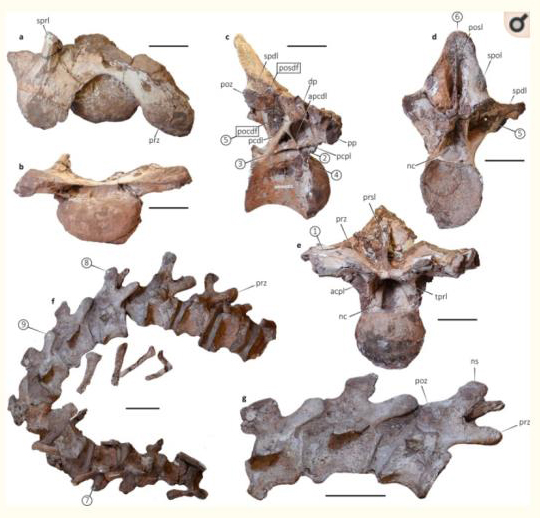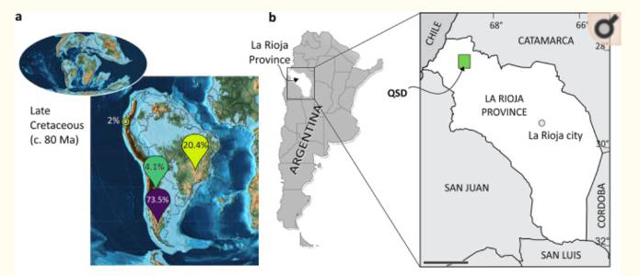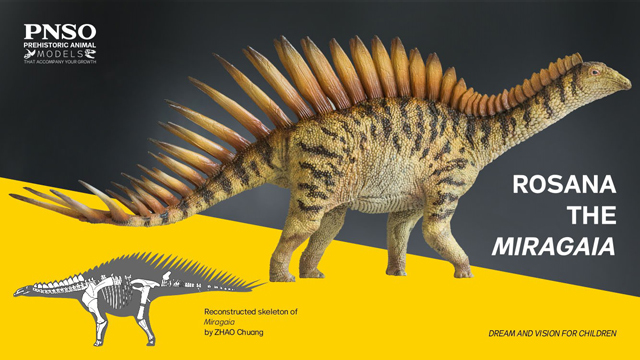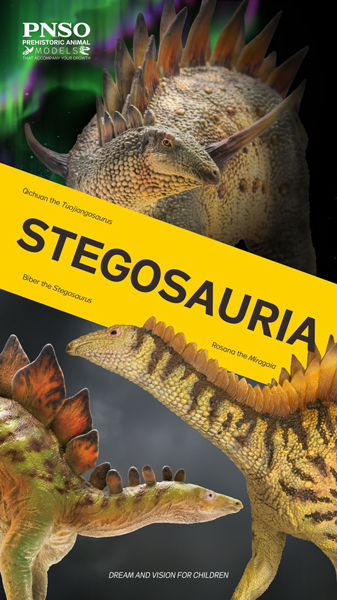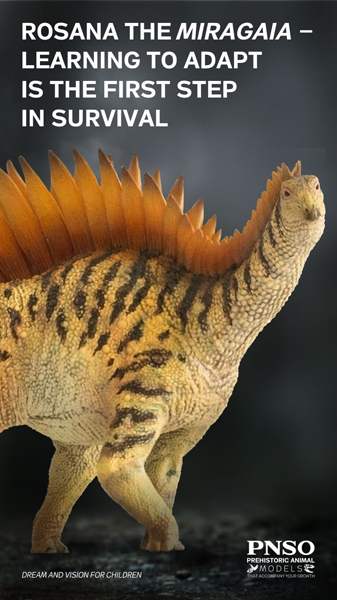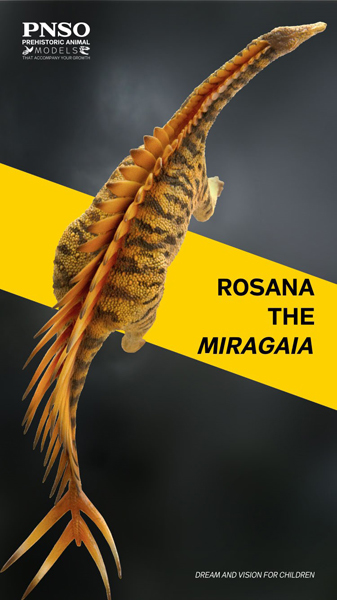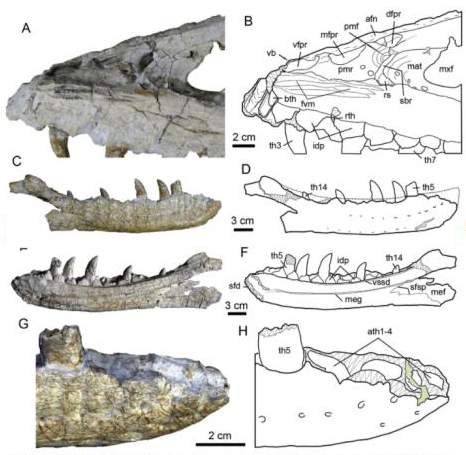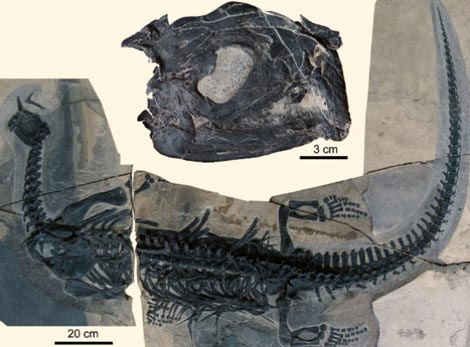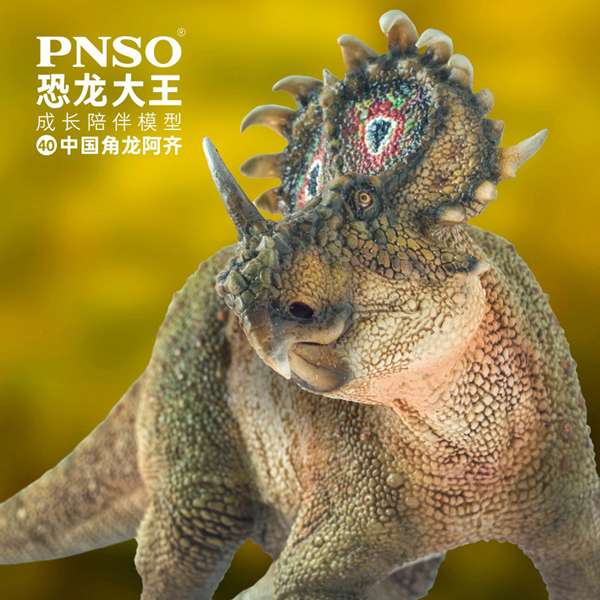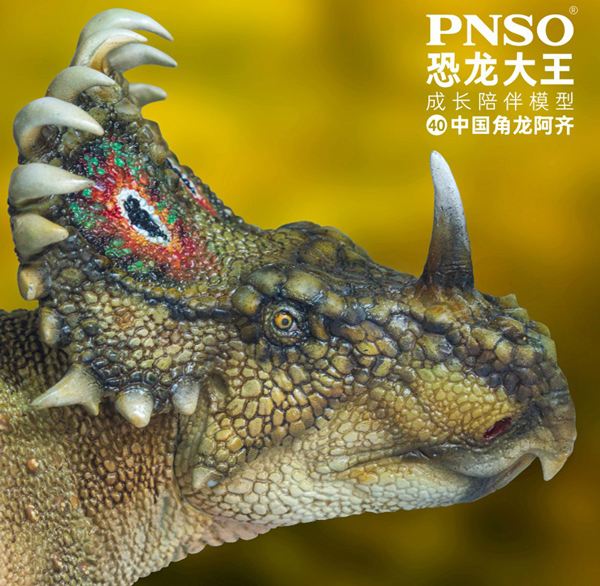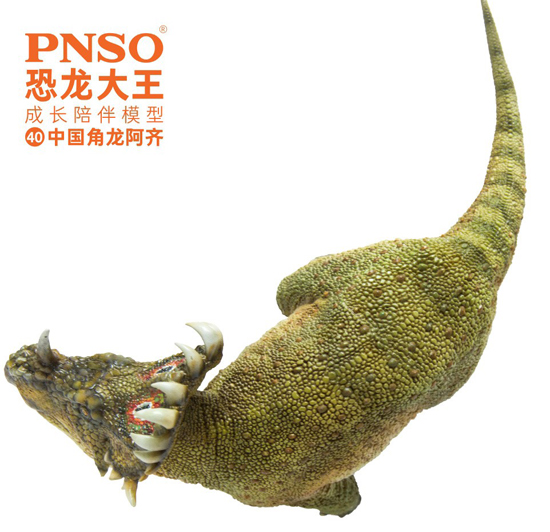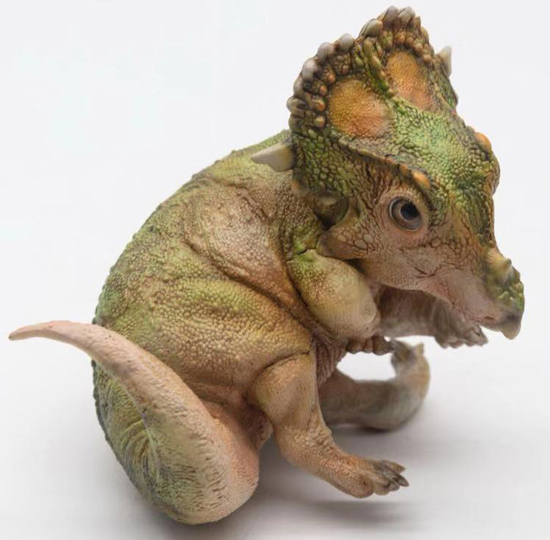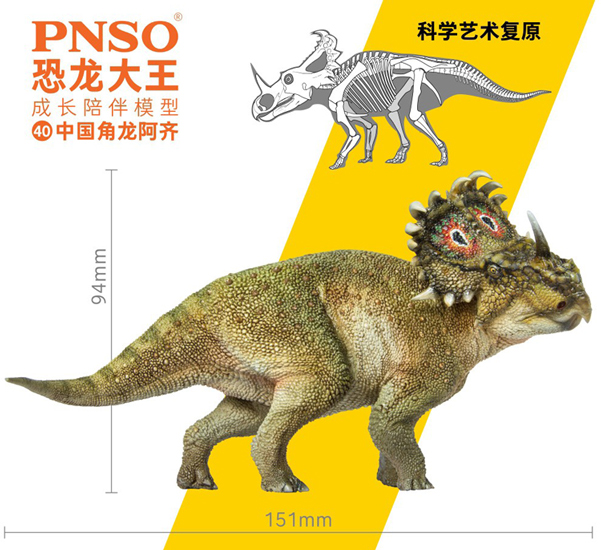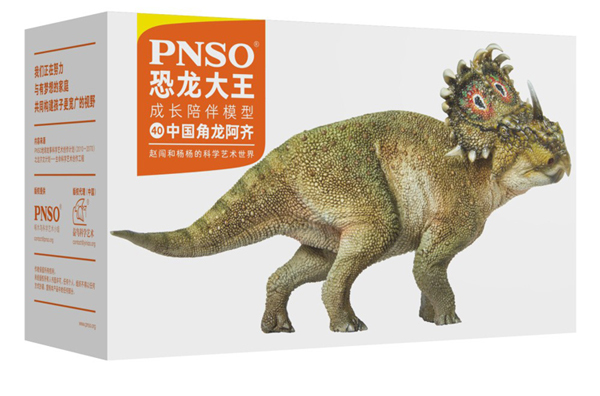Everything Dinosaur Stocks New W-Dragon Models
Everything Dinosaur Stocks W-Dragon Models
Everything Dinosaur will be stocking the W-Dragon range of prehistoric animals. The award-winning company took delivery of the W-Dragon Giganotosaurus dinosaur model late last night and this 1/35 scale model is now available to purchase from Everything Dinosaur’s website (December 11th, 2020).
W-Dragon Models
The W-Dragon Giganotosaurus Dinosaur Model
Picture credit: Everything Dinosaur
Priced extremely competitively, dinosaur fans and discerning model collectors have the opportunity to acquire the W-Dragon range from a well-respected UK-based company with the ability to send parcels to a global customer base.
The Giganotosaurus (G. carolinii) dinosaur model is just the first of a series of figures that are being shipped by Everything Dinosaur. The W-Dragon Giraffatitan figure is expected to follow in the New Year along with the W-Dragon Spinosaurus replica, a production run of which was especially commissioned by Everything Dinosaur.
A fact sheet on Giraffatitan is currently being prepared as team members await the arrival of the second shipment of W-Dragon models into their warehouse.
Developing Closer Links with Producers
Everything Dinosaur has been working closely with W-Dragon for some time helping this exciting model manufacturer by providing advice on product safety tests and certification, putting in place effective logistics to permit authorised movement of goods across international borders and ensuring a legitimate transfer of funds to secure products and support additional production runs.
Safely Arrived at Everything Dinosaur – The W-Dragon Giganotosaurus Dinosaur Model
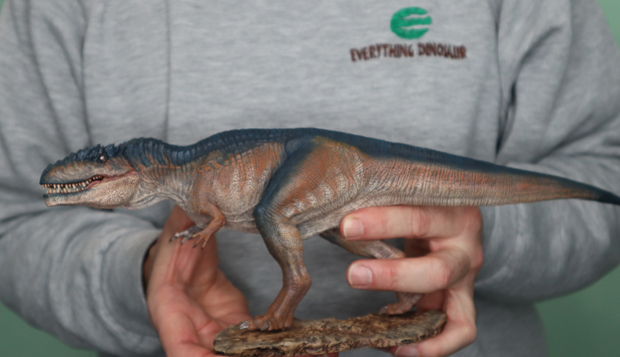
Picture credit: Everything Dinosaur
Commenting on the arrival of the beautiful Giganotosaurus, Sue Judd of Everything Dinosaur stated:
“Everything Dinosaur has been developing closer links with several producers. We appreciate how difficult it has been to acquire W-Dragon models, now our customers can gain access to this range knowing that when we supply W-Dragon, these figures are backed by our award-wining 5-star service.”
Visit the Everything Dinosaur website: Everything Dinosaur.
Sue, who is the Financial Director and nicknamed “Tyrannosaurus Sue” added:
“There are lots of beautiful models in the W-Dragon portfolio. These figures are a welcome addition to our growing range of brands that we offer. W-Dragon will benefit from this relationship with Everything Dinosaur allowing their products access to a wider market.”
The W-Dragon Giganotosaurus and other W-Dragon replicas can be found here: W-Dragon Dinosaurs and Prehistoric Animal Models.


